Cloud HRMS
An integrated HRMS solution that helps small, medium and large enterprises automate different tasks involved in managing the workforce efficiently.
Why HRMS?
Streamlining of workforce management processes with the help of HRMS software is equally important for businesses to achieve desired results. After all, employees form an important part of the work culture of any organization.
Most organizations prefer the integrated approach towards HRMS software and go for a comprehensive package of HR modules. An integrated HRMS solution helps small, medium and large enterprises automate different tasks involved in managing the workforce efficiently. Time and attendance, employee self-service, employee database management, recruitment, onboarding, talent management, benefits administration are some of the important HR modules. A unified HRMS software that comes in the package of these important modules can help businesses in many ways.
Most organizations prefer the integrated approach towards HRMS software and go for a comprehensive package of HR modules. An integrated HRMS solution helps small, medium and large enterprises automate different tasks involved in managing the workforce efficiently. Time and attendance, employee self-service, employee database management, recruitment, onboarding, talent management, benefits administration are some of the important HR modules. A unified HRMS software that comes in the package of these important modules can help businesses in many ways.
Why People Quest?
PeopleQuest’s robust and comprehensive HRMS solution is what businesses need to automate all its staffing requirements. Here is a short introduction.
Why Cloud HRMS?
Easy access
for self-service
Self-service features are usually huge time- and cost-savers for HR departments but those savings depend on user adoption. Cloud HRMS offers easy access to such features via the Internet. Rather than being restricted to office login options, users have anytime/anywhere access to their personal records and HR processes.
Data
Security
As already mentioned concerns about cloud security are largely a thing of the past. However, an additional benefit of remote data storage is that the data center takes responsibility for data recovery and continuity of service in the event of problems.
Pay-as-you-go flexibility
Unlike the potentially expensive upfront licensing payment model used for many on-premises systems, cloud HRMS is usually subscription-based. A ‘per user’ or ‘per record’ pay-as-you-go pricing structure tends to mean a lower initial price tag. And of course, there are no hardware costs. (All that being said, as with any system, the total cost of ownership must be considered – see below for more.)
No updates
or patches
An on-premises HRMS usually involves a schedule requiring you to download and install patches, updates and upgrades. With a SaaS or cloud HRMS, upgrades are carried out by the vendor or supplier, and the responsibility for maintaining uptime is also theirs.
Speed of Implementation
Another benefit of being hardware-free is that once you’ve chosen your cloud HRMS and negotiated the contract with the vendor, technical implementation is much quicker, leaving you to focus on system training for your users

